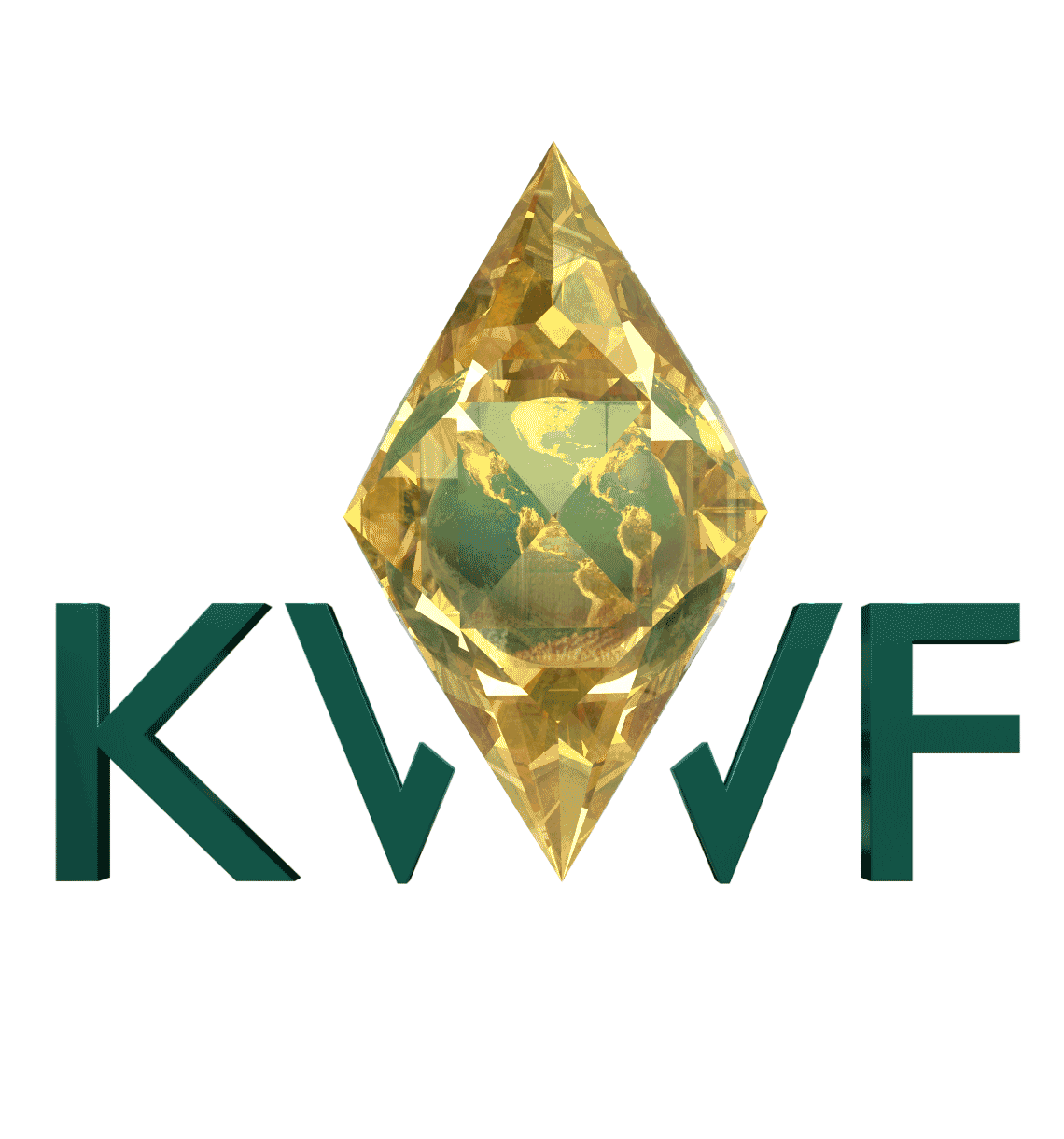Kashmir World Foundation and GSU Sea Turtle Program at St. Catherines Island to Collaborate in Conse
- Kashmir World Foundation

- Jun 21, 2016
- 5 min read
The Georgia Southern University Sea Turtle Program at St. Catherine’s Island (GSUSTP@SCI) and the Kashmir World Foundation (KwF) are pleased to announce the launch of a new collaborative effort intended to save sea turtles based upon a joint meeting organized and orchestrated by David Smith on St. Catherine's Island. The ultimate mission of this collaboration is to develop innovative technological solutions to real-world conservation, education, and research challenges in sea turtle conservation. The partnership will facilitate open communication between conservationists from the GSUSTP@SCI and engineers from KwF in an effort to develop new conservation practices and improve existing ones that will be applicable not only to conservation efforts on St. Catherine's Island, but also for sea turtle programs around the world.
The initial objective of the collaboration is the development of a mobile device-based, data entry application by technologists at the Kashmir World Foundation. Currently, conservationists on St. Catherine's Island collect sea turtle nesting data in field notebooks while on the beach, then once in the lab manually reenter and transfer the data to multiple paper and digital sources. The application designed by the Kashmir World Foundation will enable conservationists to enter sea turtle nesting data on a mobile device while on the beach. The application will then automatically export the data to the necessary digital sources, improving the efficiency of current data entry methods by eliminating the need for conservationists to manually enter the same data into multiple databases. The application will also increase the effectiveness of data management by collecting, uploading, and storing data in a manner that facilitates immediate biostatistical analysis, eliminating the need to spend hundreds of researcher hours on data processing.
The second major objective of the collaboration is the design and development of drone-based monitoring of beaches on St. Catherine’s Island that are currently difficult to access. While the challenges faced by sea turtle conservationists working on St. Catherines Island are not unique, the loss of sea turtle nesting habitat is substantial and accelerating. St. Catherines has been christened a “Sentinel Island,” as the profound erosional changes currently exhibited on its shoreline may predict the fate awaiting other barrier islands. As habitat loss becomes a growing problem for other sea turtle conservation programs, the solutions developed to address the challenges on St. Catherines Island will have worldwide applications for the future. Both projects are expected to act as models for worldwide monitoring of sea turtle nests and lead to further solutions for the difficult challenges currently being faced.
In a Memorial Day Weekend meeting on beautiful St. Catherines Island, organized and hosted by St. Catherines Island Foundation Chairman of the Board David Smith, the leaders of the Kashmir World Foundation, including Princess Aliyah Pandolfi and Dr. Ronald Pandolfi, in the company of daughter Kashmir Pandolfi, met with GSUSTP@SCI Co-director Dr. Gale Bishop and Executive Director, Jaynie L. Gaskin to explore common interests in conserving sea turtles, under the banner of the St. Catherines Island Foundation’s mission of “Conservation, Research, and Education.” The beaches were monitored as a group so all could participate, discuss and examine the problems of dealing with a highly erosional coastline responding to the current rise in sea level and limited sediment supply. Three dinners hosted by David Smith allowed maximum interaction of the participants and initial, informal planning.
St. Catherine's beaches, the most erosional in Georgia, have seen a decline from 25% adequate sea turtle nesting habitat to 11% adequate nesting habitat over the last two decades, placing the loggerhead sea turtle rookery in great jeopardy during The Modern Transgression (the geological name for rising sea level). The deterioration of this nesting habitat was recognized by designation in 2013 of St. Catherine's as critical nesting habitat in “Endangered and Threatened Wildlife and Plants; Designation of Critical Habitat for the Northwest Atlantic Ocean Distinct Population Segment of the Loggerhead Sea Turtle (Caretta caretta)” by The U.S. Fish and Wildlife Service. The trend in loggerhead nesting habitat deterioration, already substantial on St. Catherine's Island, is expected to affect the entire Southeastern Barrier Island Coast of Georgia, the Carolinas, and Florida, as well as in many barrier island sea turtle rookeries around the World, as sea level continues to rise and drown them. These environmental changes provide the opportunity for this collaboration exploring application of existing and new technologies to ensure the survival of sea turtles far into the future.
The GSUSTP@SCI has operated the sea turtle conservation program at St. Catherine's Island for 26 years, putting over 205,891 sea turtle hatchlings into the sea and teaching 362 interns, 274 of which were K-12 teachers who have impacted more than 300,000 K-12 students over the last quarter century. The staff has presented research and innovative educational methods at more than 100 professional meetings, published 77 scientific reports and scientific papers, including those with Co-director Dr. Kelly Vance, Master Teacher Dr. Fredrick Rich of Georgia Southern University, and Dr. Brian K. Meyer of Georgia State University, and created seven websites, three of which can be explored at http://www.stcatherinesisland.org/, http://cosm.georgiasouthern.edu/seaturtles/, and www.scistp.org. The Kashmir World Foundation, based in Great Falls, Virginia, “integrates art as a means of innovation, science as a benchmark for invention, and technology as a result of creative solutions.” KwF runs several concurrent programs focused around the use of autonomous drones as a solution to conservation problems, including Drone Building Workshops, the development of Drone Kits, and through the DaVinci Challenge!
Other partners in this collaboration will likely include the Sea Turtle Conservancy, The Georgia Sea Turtle Center at Jekyll Island, and the Georgia Department of Natural Resources Non-Game Wildlife Division. Georgia Southern University in its Sea Turtle Program at St. Catherine's Island has taken the lead in this new initiative due to St. Catherines’ leading role in “Conservation, Research, and Education” on the Coast of Georgia; with one of St. Catherines’ three Natural History Field Schools, the Georgia Southern University Sea Turtle Program at St. Catherine’s Island and numerous other research programs partnered with St.Catherine's.

Kashmir Rose Pandolfi inspects a fresh loggerhead sea turtle crawlway on South Beach, St. Catherine’s Island.

View across the body pit of a loggerhead sea turtle nest as Princess Aliyah and Dr. Ron Pandolfi study the crawlway.

Executive Director of the GSUSTP@SCI, Jaynie L. Gaskin, demonstrates the program’s unique nest-finding method to Kashmir Rose. Jaynie carefully shovels away layers of sand from the body pit to reveal the egg chamber.

The egg chamber neck, with one egg visible.

After Jaynie removes the eggs so they can be placed in an area safe from rising tides,
Kashmir Rose enjoys her new job, guarding the eggs while Jaynie digs a new egg chamber for them.

After a productive morning of sea turtle conservation activities on South Beach, St. Catherine’s Island, the Turtle Team takes time for a “selfie.” Left to right: Princess Aliyah Pandolfi, Dr. Ronald Pandolfi, Kashmir Rose Pandolfi, Jaynie L. Gaskin, Gale A. Bishop.





Comments